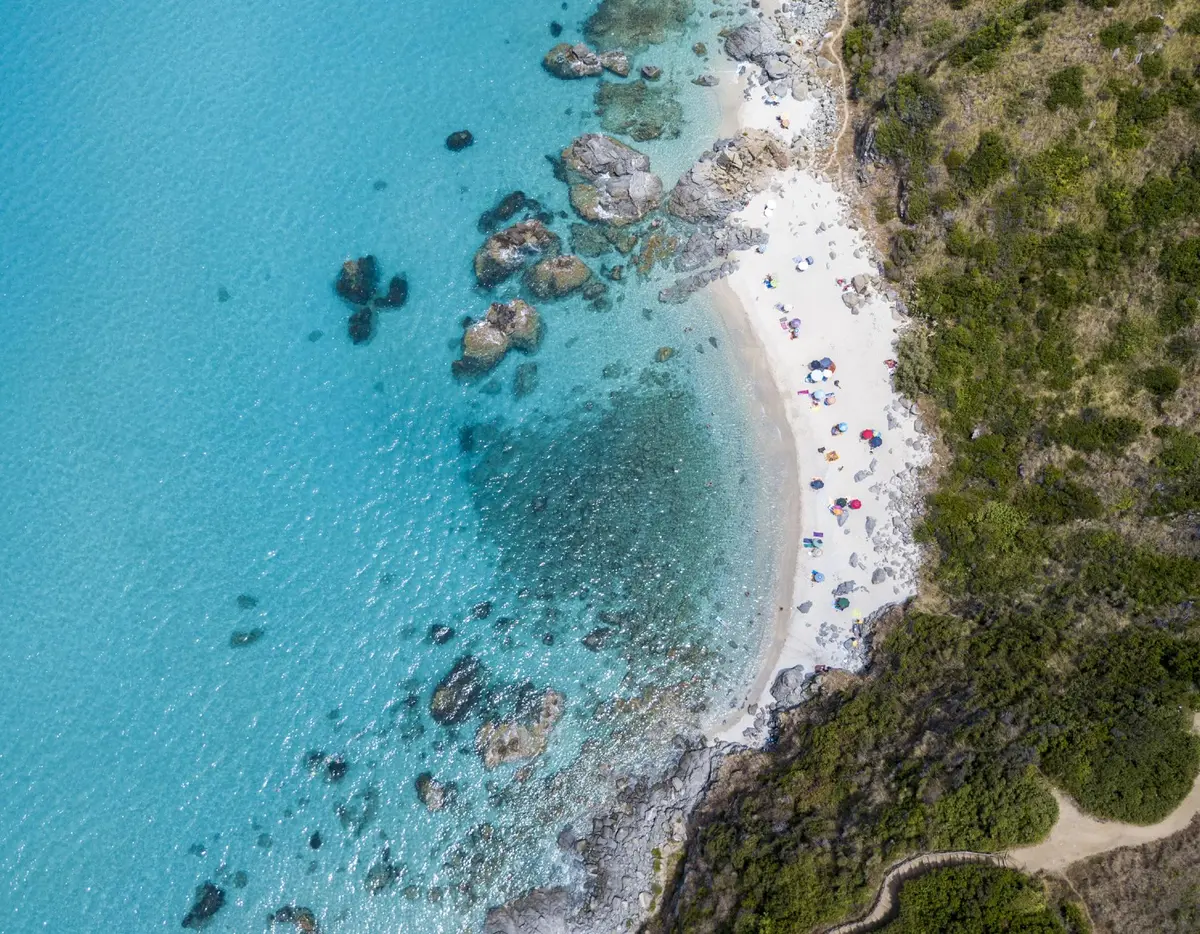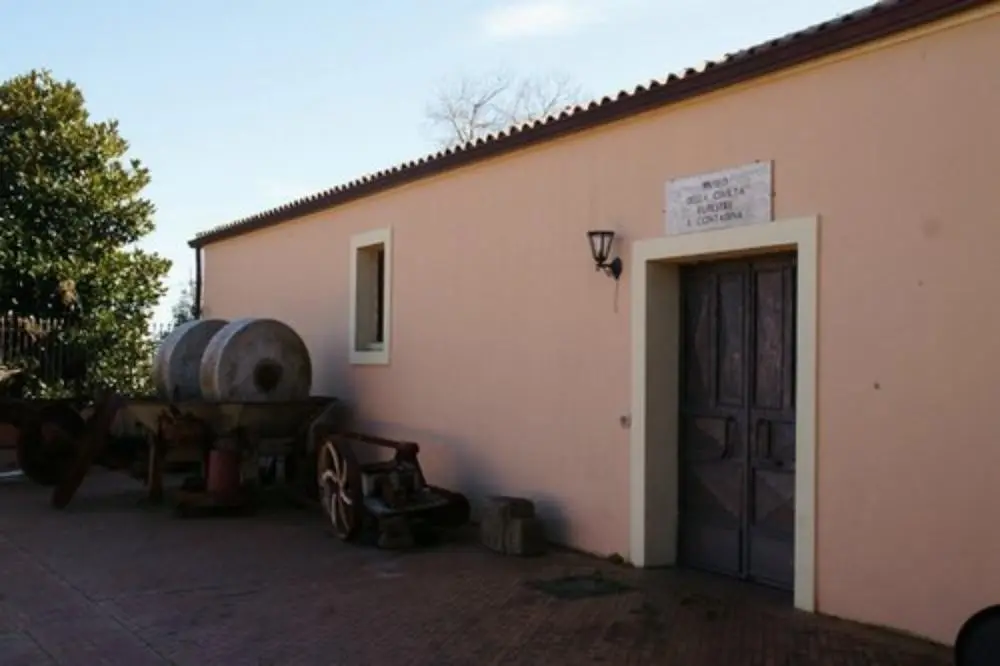A visit to Zungri Caves, the City of Stone
Excursion to "Sbariati" rock village
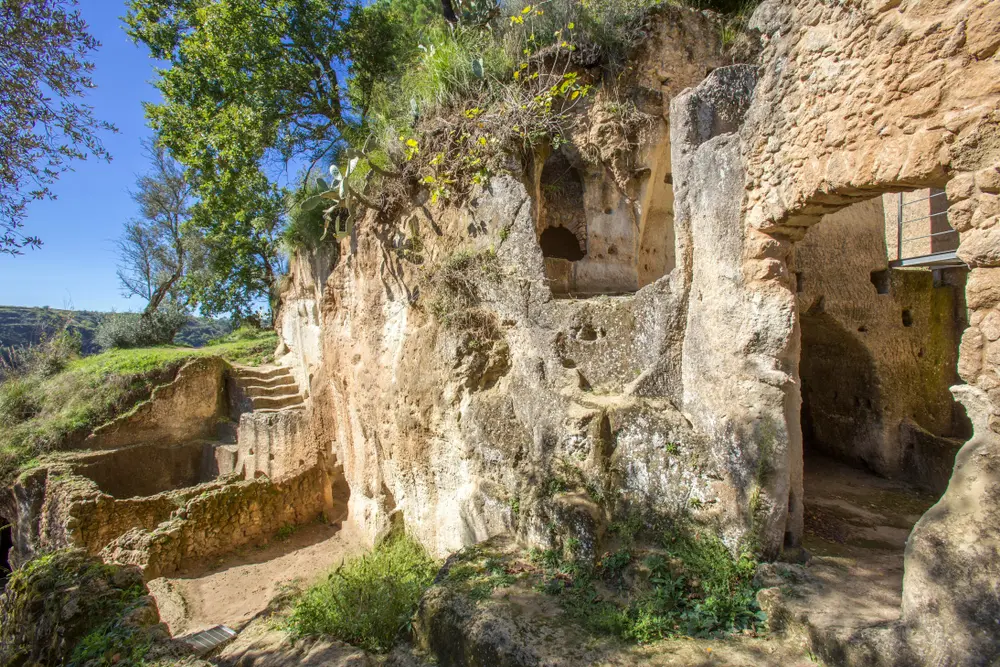
Sport and nature
imageBROKER.com/Shutterstock
In the village of Zungri, in the province of Vibo Valentia, not far from Tropea and the Costa degli Dei, lies a magical place, suspended in time.
A jewel carved out of the local friable rock, in the manner of ancient "cave living" typical of many areas of the Mediterranean.
The Rock Settlement of Zungri, known as "Grotte degli Sbariati" (or simply Grotte di Zungri), is a striking example of an ancient settlement carved out of living rock.
Visiting this "City of Stone" and its enchanting scenic surroundings is like stepping back in time, enjoying the beauty of the sea and mountains that surround it.
The Rupestrian Settlement of Zungri
In the heart of the historical centre stands the Rupestrian Settlement of Zungri, which covers some 3000 square metres. It can be accessed by descending down a path through the greenery, at the end of which one feels a strong emotion on seeing the "little Calabrian Petra" appear.
The rock walls, excavated in different nuclei, with rooms used for various purposes, constitute the settlement of an ancient community known as the Sbariàti. Who were these early inhabitants?
According to some, it may have been a foundation of eastern origin, as suggested by the division into production and residential areas and the rainwater and spring water management and collection techniques similar to the most famous examples from the Middle East and North Africa.
The second interpretation sees this site as a production or storage outpost of the nearby Kastron di Mesiano, a fort whose remains are attested between the 8th and 12th centuries.
The "Grotte degli Sbariati" are grouped into a dozen or so rock units, partly dug into the rock and partly built on, which were used as dwellings as well as for sheltering domestic animals, producing wine, lime and storing grain.
Peering into the small rooms, so skilfully divided, gives an idea of how the inhabitants lived and the different perception of space at the time, based on community needs unimaginable today.
When you reach the end of the trail, you find yourself on a large panoramic terrace where it was pleasant to pause when grazing and breeding bees, singing the old folk songs of work.

Immersed in an unspoilt natural environment, at the foot of Monte Poro, the Zungri Caves are a fascinating destination for young and old alike. A destination for schoolchildren and families with children, for whom special guided tours are intended, these stone cavities evoke legends and millenary stories.
Some can be discovered by visiting the nearby Museum of Rock and Peasant Civilisation. A rich collection of objects representative of the material and traditional culture of this area and the way of life between the 19th and 20th centuries: agricultural tools, old production machinery, weaving and forging tools, clothing and household furnishings, as well as a permanent photographic exhibition on the 1905 earthquake.
Each of the five exhibition sections (Peasantry, Weaving, Ironwork, Clothes and Domesticity) features everyday objects and a few pieces of fine workmanship, including a mighty wooden plough, a Calabrian loom, an antique forge and a series of typical women's costumes, including wedding and mourning dresses. An entire room is set up as a reproduction of a typical bedroom.
Not only antiquities! The museum is equipped with a touch-screen table that interactively illustrates the peculiarities of the Rock Settlement of Zungri.
Mount Poro and surroundings
Before leaving Zungri and embarking on a beautiful trek up Mount Poro, we visit the Sanctuary of the Madonna della Neve and we discover the miraculous legend of the time it snowed in August, a time when the great feast of devotion to Maria Nives still takes place.
The excursion to Mount Poro offers the opportunity to immerse oneself in the lush nature of the Joppolo (VV) area, which on one side faces the Tyrrhenian Sea and on the other culminates with this peak, 710 metres above sea level.
The walk through the woods whets the appetite and is an excellent pretext to indulge in some not-to-be-missed tastings of local agri-food delicacies, starting with the renowned Pecorino del Monte Poro PDO.
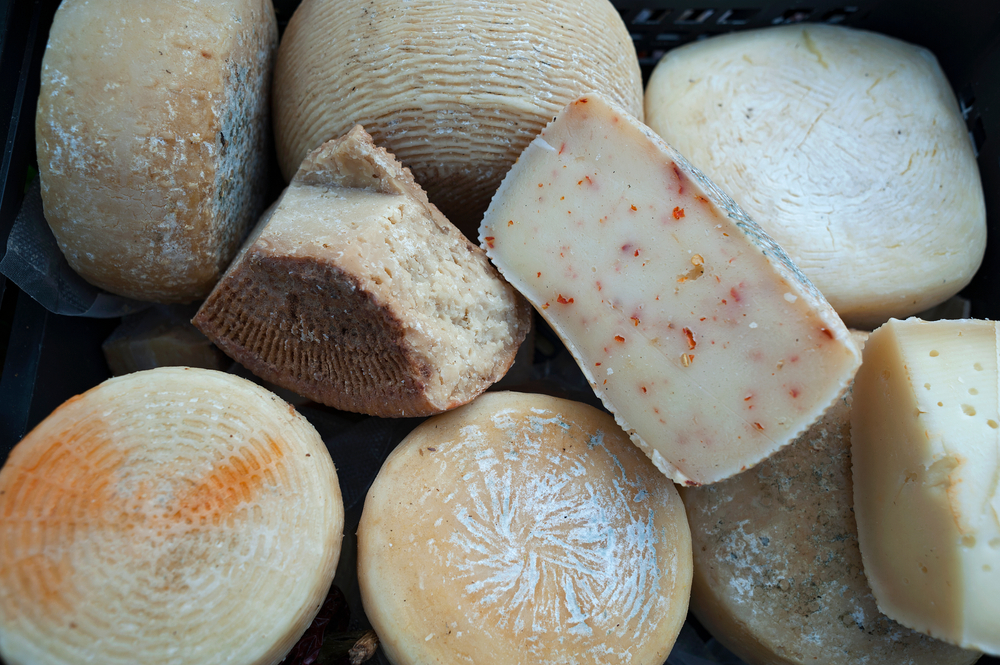
A semi-hard cheese with an aromatic flavour, made from local sheep's milk and available in fresh, mature and semi-mature varieties. Needless to say, this exquisite pecorino cheese complements the typical Calabrian 'Nduja di Spilinga, the spicy sausage produced in the municipality of the same name, in this same area.
Among the peculiarities of the Calabrian orography is the proximity of sea/mountains, which again makes it possible to find oneself from the summit to the beach in a matter of kilometres.
Sea lovers will appreciate one of the most beautiful stretches of the Costa degli Dei, including the seaside resorts of Tropea, among The Most Beautiful Villages in Italy and Blue Flag; Santa Domenica, with the Riaci Bay and Formicoli Beach; Ricadi and the breathtaking cliffs of Capo Vaticano; Nicotera and the Scoglio Partuso.
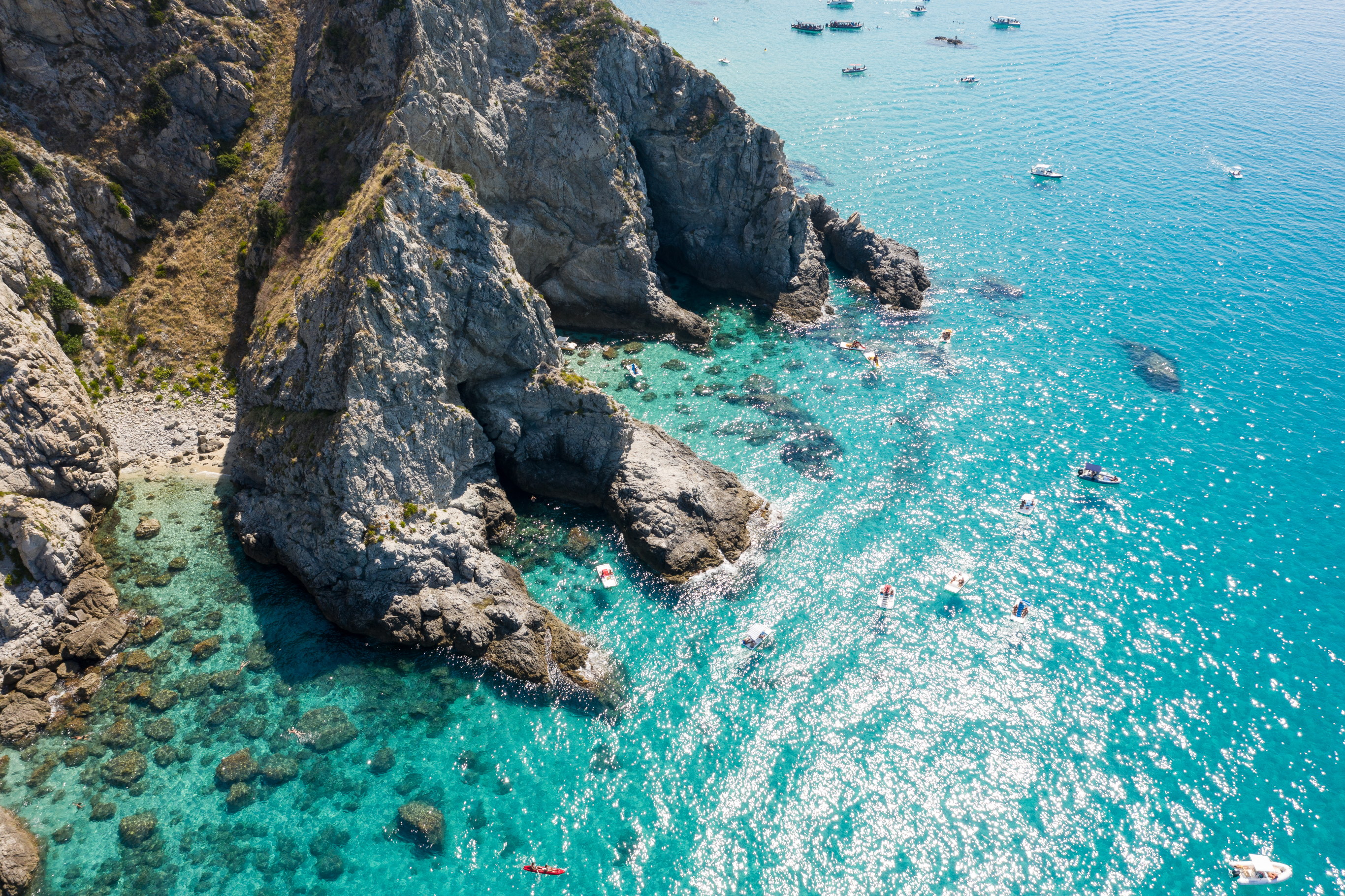
https://calabriastraordinaria.it/en/news/a-visit-to-zungri-caves-the-city-of-stone



